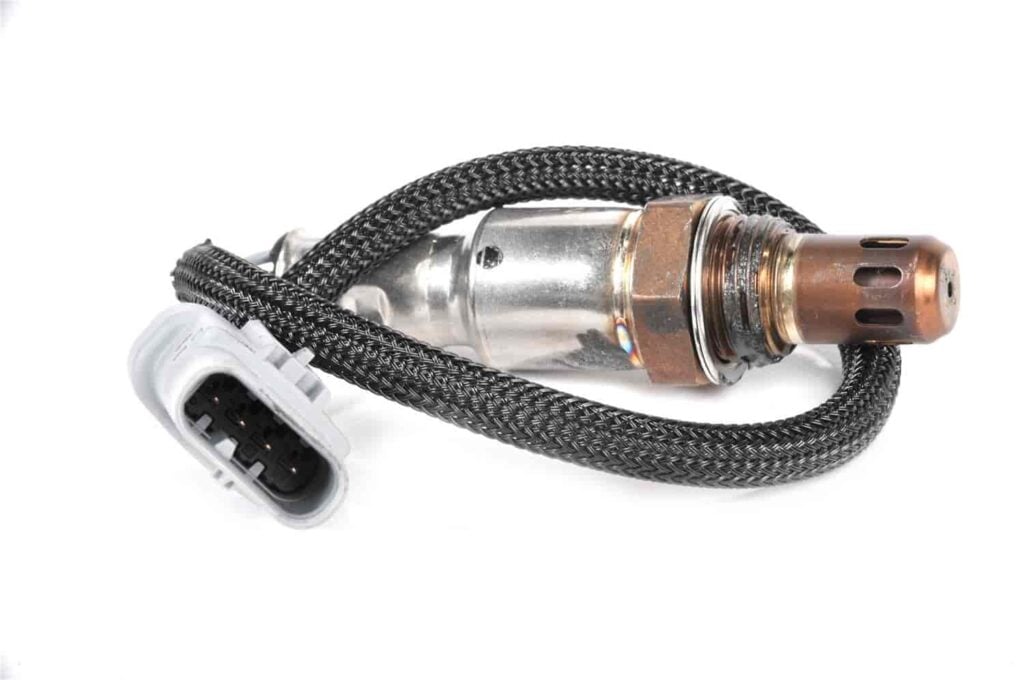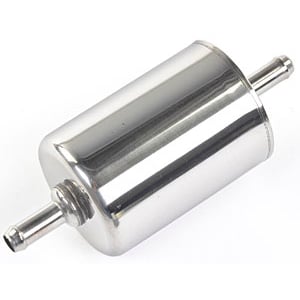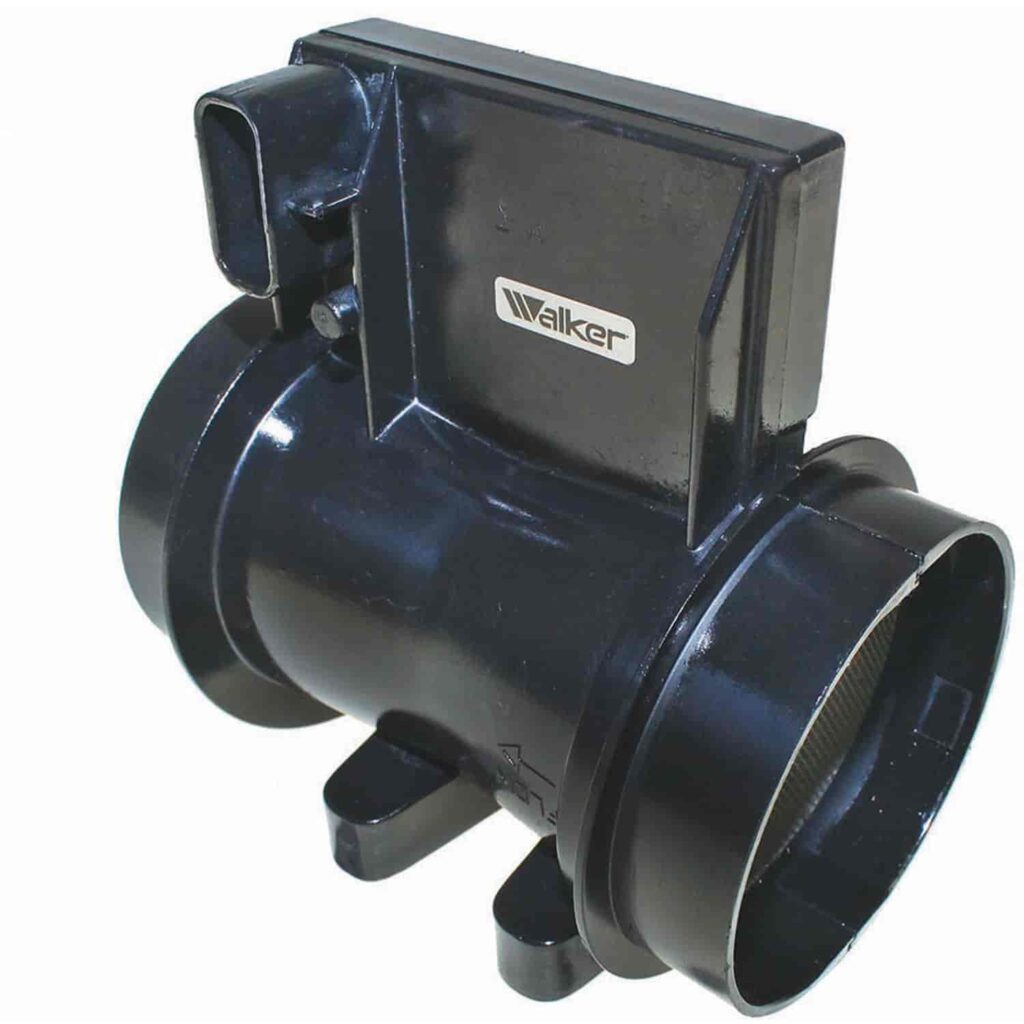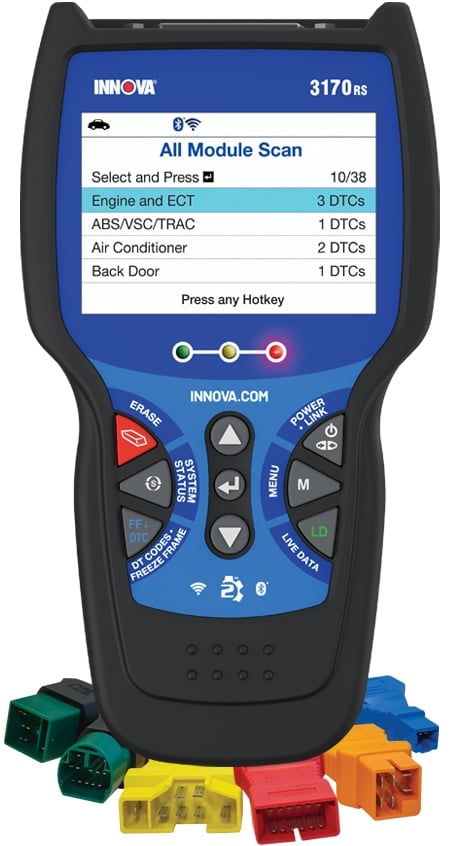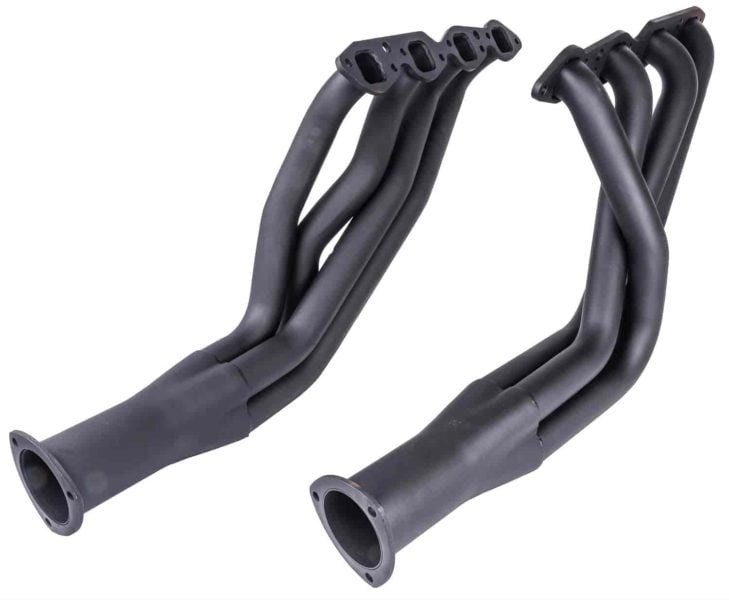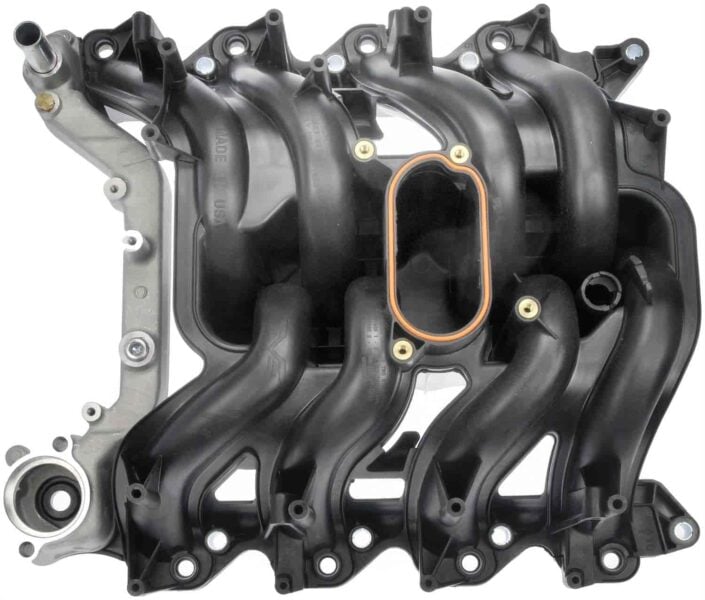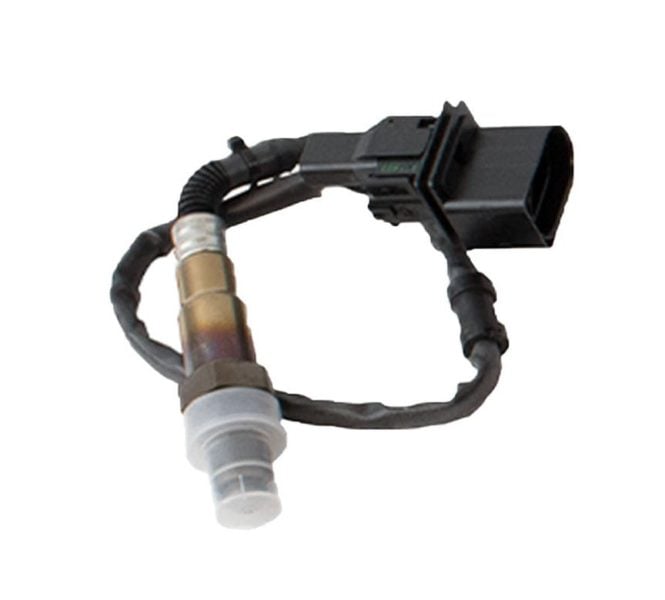OBD-II trouble codes can be highly beneficial in identifying various issues you may have with your vehicle. Even then, they are often unable to pinpoint the specific issue and root cause of the problem, requiring a more in-depth diagnosis. If you’ve detected a P0056 trouble code on your vehicle, read along and find out all you need to know about it—from its description, symptoms, and causes to how to address the issue.
What Is a P0056 Code?
The P0056 trouble code identifies an issue related to the HO2S Heater Control Circuit - Bank 2, Sensor 2. In its very essence, it implies that the oxygen sensor is not heating up correctly because of a problem in the oxygen sensor heater circuit.
What Are the Symptoms and Causes of a P0056 Code?
When you encounter a P0056 HO2S Heater Control code, your vehicle may be exhibiting a variety of symptoms. Similarly, many possible causes may trigger this trouble code.
Symptoms of the P0056 diagnostic trouble code may include:
- Increased exhaust emissions
- Poor engine performance
- Rough idle or stalling at idle
- Engine misfires or hesitation during acceleration
- Check Engine Light (CEL) illumination on the dashboard
- Reduced fuel efficiency
Causes of the P0056 diagnostic trouble code may include:
- Faulty oxygen sensor
- Wiring or harness issues relate to the heater control circuit and O2 sensor
- Corroded or otherwise damaged sensor connectors
- Exhaust leaks near the oxygen sensor
- Degraded catalytic converter
- Issues with the engine control module (ECM) or powertrain control module (PCM)
- Air/fuel mixture imbalance
- Fuel system issues, including a clogged fuel filter
- Vacuum leaks in the intake system
- Faulty mass airflow sensor (MAF)
- Issues with the exhaust system, such as a damaged exhaust manifold
How Serious Is the P0056 Code?
The seriousness of the P0056 code depends on the specifics of your case. In one case, you may be facing a simple exhaust leak. In such a scenario, the code is not serious from the perspective of damage to the vehicle’s drivetrain. At the same time, an exhaust leak harms the environment because of the increased emissions. In another case, you might be seeing the P0056 code due to a clogged fuel filter, which is a more serious issue to your drivetrain but not as harmful to the environment.
The bottom line is that you may drive your vehicle for a short distance if needed, but you should never postpone diagnosing and fixing the issue so as not to deepen the problem and avoid extra pollution. Timely action will prevent further unnecessary damage and ensure that your vehicle is reliable for years to come.
How Easy Is It to Diagnose a P0056 Code?
One of the issues that mechanics often face is that a diagnostic trouble code detected by an OBD-II tool does not always pinpoint the specific root cause of the problem. Additionally, the vehicle might not be exhibiting any symptoms besides the P0056 code, which makes diagnostics even more difficult. Last but not least, one drivetrain issue may trigger multiple trouble codes. Again, this makes diagnosing the code more troublesome.
With this said, diagnosing an issue with the HO2S heater control circuit is possible if you have intermediate skills as a DIY mechanic. If not, it is better to leave your car in the hands of a professional car repair shop.
If you decide to diagnose the issue yourself, you may find the below steps useful. In general, when diagnosing any trouble code, go from the simplest possible diagnostic steps to the more difficult ones.
Here are the steps you should take:
- Scan for additional and possibly related trouble codes. Check for any further trouble codes in the vehicle's ECM or PCM. These may give you extra hints as to what may be the root cause of the P0056 trouble code.
- Clear the codes. Clear the trouble codes if your vehicle is not exhibiting any symptoms of the HO2S Heater Control Unit issue. A one-time faulty reading may have triggered the trouble code and not reflect an actual issue. Go for a short test drive and see if the code comes back. This is the simplest possible solution if you are not experiencing any problems with the vehicle other than the code.
- Visual inspection. Examine the wiring harness and connectors related to the oxygen sensor (Bank 2 Sensor 2) and heater control circuit. Look for loose connections, damaged wires, or corrosion on the connectors, as these can disrupt communication and trigger the code.
- Review Technical Service Bulletins (TSBs). Manufacturers release bulletins to address some common issues they encounter with their vehicles. The manufacturer may thus address the P0056 code in its TSB system.
- Test the oxygen sensor. To test the oxygen sensor, you may use a digital multimeter to test its resistance and voltage output. Then, compare the readings to the manufacturer's specifications to verify that it works correctly. Another option is to monitor the live data from the oxygen sensor using the OBD-II scanner while driving. Check whether the sensor readings are within the expected range and that they respond appropriately to changes in engine load and throttle position.
- Check the exhaust system for leaks. Inspect the exhaust system for leaks near the oxygen sensor. Any exhaust leaks may cause false oxygen readings and thus trigger the P0056 diagnostic trouble code.
- Test the catalytic converter. One of the more advanced steps is performing a backpressure test to verify the effectiveness of the catalytic converter. You may also use a scan tool to monitor its performance. A failing catalytic converter can affect the oxygen sensor readings and trigger the P0056 code.
If the steps above have helped you identify the cause of your vehicle’s P0056 code reading the “HO2S Heater Control Circuit—Bank 2, Sensor 2” issue, you may finally proceed with actually fixing the problem. JEGS might be a helpful resource in this matter since we offer a wide range of car replacement parts and other automotive equipment and accessories, including OBD-II scanner tools, at low prices.
